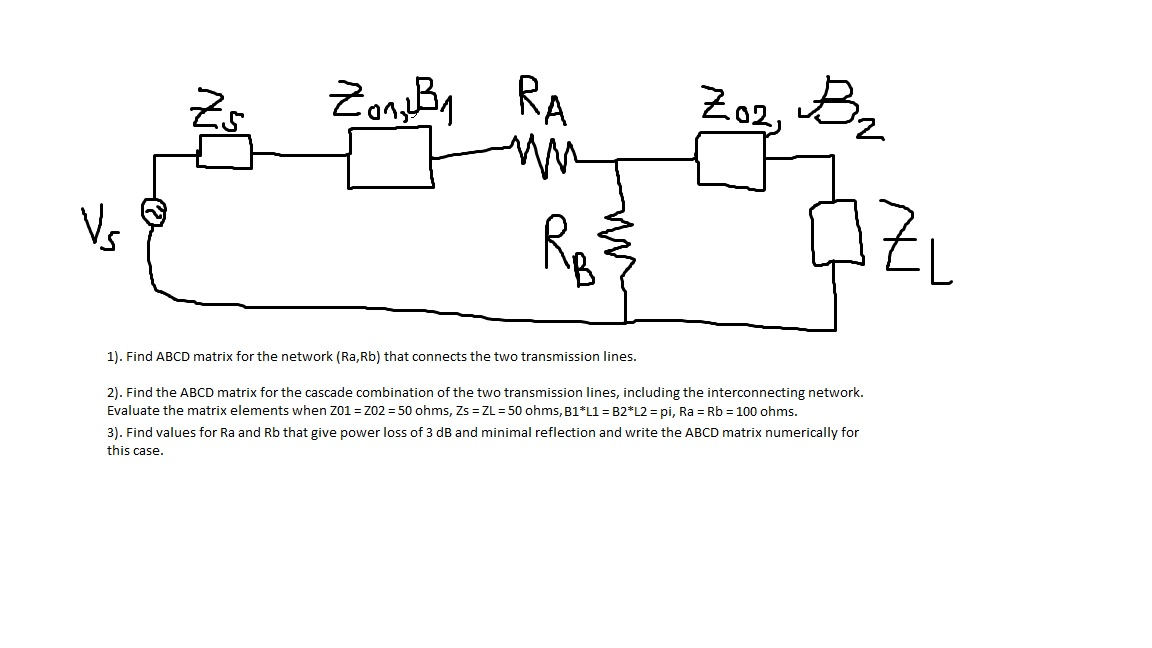

Behavior: The ultimate target behavior of the intervention, usually an umbrella that implicitly contains multiple performance objectives.ĪBCDs can be generated using the function in the behaviorchange R package.These are distinguished from the overarching target behavior because the relevant determinants of these sub-behaviors can be different: for example, the reasons why people do or do not buy condoms can be very different from the reasons why they do or do not carry condoms or why they do or do not negotiate condom use with a sexual partner. Sub-behaviors: The specific sub-behaviors that often underlie (or make up) the ultimate target behavior (called “Performance objectives” in Intervention Mapping).There are also theories (and exists empirical evidence) on how these determinants can be changed (i.e. BCPs), so althought the sub-determinants are what is targeted in an intervention, the selection of feasible BCPs requires knowing to which determinants those sub-determinants belong. Psychological theories contain specific definitions of such determinants, and make statements about how they relate to each other and to human behavior. Determinants: The overarching psychological constructs that are defined as clusters of specific aspects of the human psychology that explain humans’ behavior (and are targeted by behavior change interventions).In some theoretical traditions, sub-determinants are called beliefs. These aspects are called sub-determinants (the Intervention Mapping framework references Change Objectives, which are sub-determinants formulated according to specific guidelines). Sub-determinants: Behavior change interventions engage specific aspects of the human psychology (ideally, they specifically, target those aspects found most important in predicting the target behavior, as can be established with plots.Multiple BCPs can be combined into one application and one BCP can be applied in multiple applications (see Kok, 2014). The result of this translation is the application of the BCP. Therefore, using them in an intervention requires translating them to the specific target population, culture, available means, and context. Applications: Since BCP’s describe aspects of human psychology in general, they are necessarily formulated on a generic level.If the conditions for effectiveness (called parameters for effectiveness in the Intervention Mapping framework) are not met, the method will likely not be effective, or at least, not achieve its maximum effectiveness. These conditions depend on the specific underlying Evolutionary Learning Processes (ELPs) that the BCP engages (Crutzen & Peters, 2018). Conditions for effectiveness: The conditions that need to be met for a Behavior Change Principle (BCP) to be effective.For a list of 99 BCPs, see Kok et al. (2016). These are also known as methods of behavior change in the Intervention Mapping framework, or behavior change techniques, BCTs, in the Behavior Change Wheel approach.

Behavior Change Principles (BCPs): The specific psychological principles engaged to influence the relevant sub-determinants, usually selected using the determinants to which the sub-determinants ‘belong’.In it most extensive form, the table has the following columns: Such ABCDs are generated from a uniform, machine readable, format: a table, for example as stored in a comma separated values (CSV) file.


 0 kommentar(er)
0 kommentar(er)
